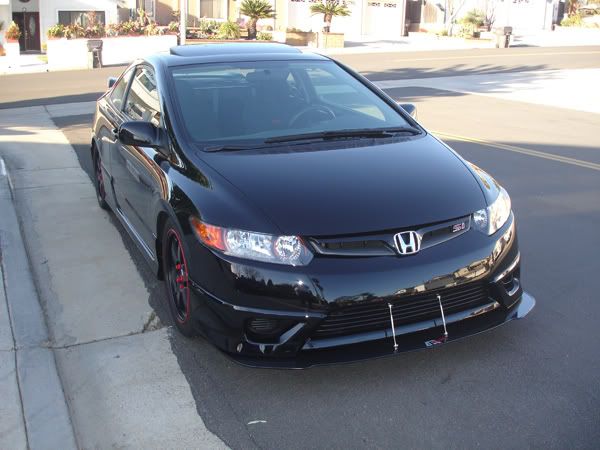I understand that this is a "true simulation" and is "hardcore". With no driving aids or trainers or safety webs for drivers. But I seem to notice something about the brakes on certain cars. I think it's most noticeable in the Formula BMW.
There seems to be an "Antilock Brake System" effect when I slam on the brakes at speeds 65+ mph. I do not hear or see any skidding when I slam on the brakes at higher speeds. It also slows down very dramatically and quickly. I thought that it was just that the FBM did this because of the immense amount of grip present in its front tyres. Though, it is ALSO very apperent in the XRG as well.
Anyone have any comments on this "problem" or "bug"?
There seems to be an "Antilock Brake System" effect when I slam on the brakes at speeds 65+ mph. I do not hear or see any skidding when I slam on the brakes at higher speeds. It also slows down very dramatically and quickly. I thought that it was just that the FBM did this because of the immense amount of grip present in its front tyres. Though, it is ALSO very apperent in the XRG as well.
Anyone have any comments on this "problem" or "bug"?

 the car (including the wheels and the drivetrain) has kinetic energy which has to be converted to heat through friction between the brake pads and the brake disks... a small percentage of that energy is converted to heat on tyres and road (due to friction again).
the car (including the wheels and the drivetrain) has kinetic energy which has to be converted to heat through friction between the brake pads and the brake disks... a small percentage of that energy is converted to heat on tyres and road (due to friction again).
 welcome
welcome  it has infinite inertia though...
it has infinite inertia though... 
